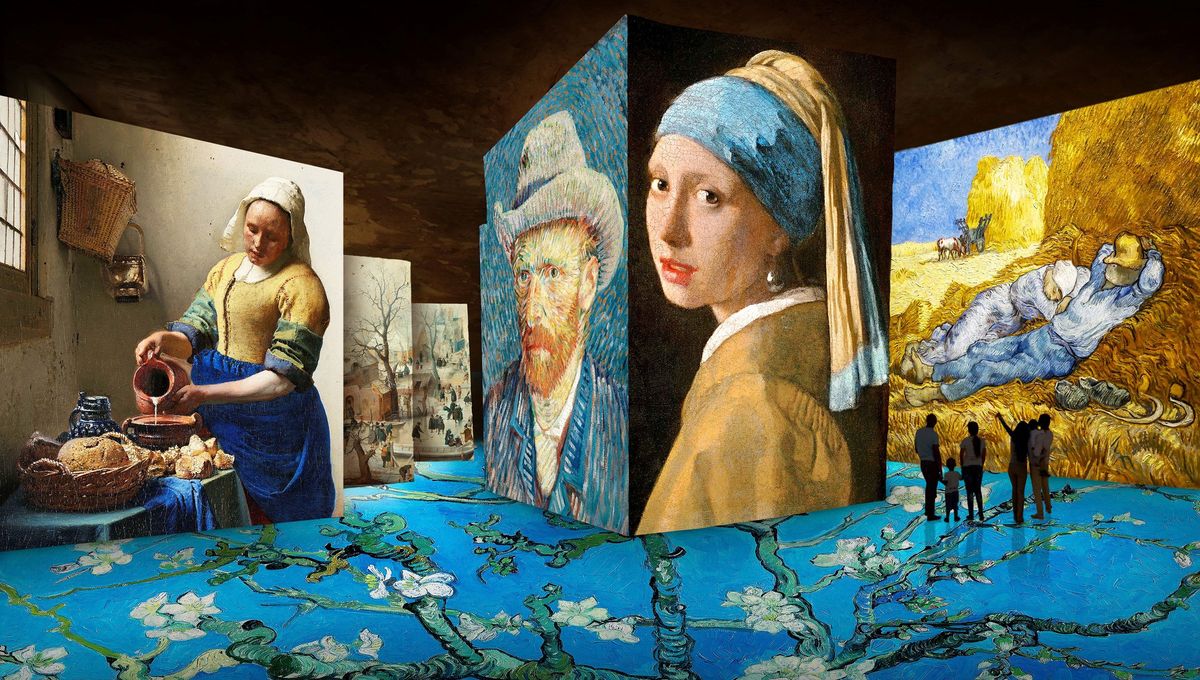Altman Vs. Nadella: The Competition Shaping The AI Landscape

Table of Contents
OpenAI's Innovative Approach vs. Microsoft's Strategic Integration
H3: OpenAI's Focus on Generative AI and Research:
OpenAI has rapidly become synonymous with generative AI, largely due to its groundbreaking work on large language models (LLMs) like GPT-3 and the recently launched GPT-4. These models represent a significant leap forward in AI capabilities, showcasing remarkable proficiency in text generation, translation, and code creation. OpenAI's dedication to pushing the boundaries of AI research and development is evident in its relentless pursuit of more powerful and versatile models. This commitment extends beyond the models themselves; OpenAI actively fosters a vibrant ecosystem through its accessible API, enabling developers worldwide to integrate its technology into diverse applications.
- Examples of OpenAI's innovative AI applications and their impact:
- GPT-4's capabilities in creative writing and code generation: Transforming content creation and software development.
- DALL-E 2's image generation technology: Revolutionizing digital art and design.
- OpenAI's API's accessibility for developers: Fostering widespread innovation across multiple industries.
H3: Microsoft's Ecosystem Play and Azure's Role:
Microsoft's strategic investment in OpenAI isn't merely a financial commitment; it's a masterstroke of integration. By embedding OpenAI's technology, especially GPT models, into its Azure cloud platform, Microsoft is positioning itself as the leading provider of AI-powered cloud services. This integration extends to its consumer and enterprise products, with AI features being incorporated into Bing, Office 365, and various other services. Microsoft's approach leverages its existing extensive ecosystem, allowing for seamless integration and widespread adoption of AI across various sectors.
- Examples of Microsoft's AI integrations and their market impact:
- The new Bing, powered by GPT-4: Revolutionizing search and information retrieval.
- AI-powered features in Microsoft Office 365: Boosting productivity and automation for users.
- Azure OpenAI Service: Providing businesses with access to powerful AI models for custom applications.
The Battle for Market Dominance in Generative AI
H3: Competition in Large Language Models:
The competition in the LLM space is fierce, with OpenAI's GPT models facing competition from Microsoft's own LLMs and offerings from other tech giants like Google. While OpenAI's GPT models are lauded for their creative text generation capabilities, other models may excel in specific tasks like translation or code generation. The strengths and weaknesses of each approach are constantly evolving, with ongoing improvements and advancements shaping the future of AI-powered applications.
- Key features and performance metrics of competing LLMs:
- GPT-4 (OpenAI): Strong in creative writing, code generation, and reasoning.
- LaMDA (Google): Focus on conversational AI and dialogue generation.
- BLOOM (BigScience): A large multilingual LLM emphasizing accessibility and open-source collaboration.
H3: The Fight for Developer and User Adoption:
Attracting developers and users is crucial for achieving market dominance in the generative AI space. Both OpenAI and Microsoft employ diverse strategies to achieve this goal. OpenAI relies on its accessible API and developer-friendly tools, while Microsoft leverages its extensive ecosystem and established user base. The user experience and ease of access offered by each platform are key factors determining their success in attracting and retaining users.
- Comparison of developer tools, APIs, and user interfaces:
- OpenAI API: Known for its ease of use and extensive documentation.
- Azure OpenAI Service: Offers enterprise-grade features and scalability.
- User interfaces: Varying levels of accessibility and ease of use across different platforms.
Ethical Considerations and Future Implications of the Altman vs. Nadella Rivalry
H3: Addressing AI Bias and Safety:
The development and deployment of advanced AI systems raise significant ethical concerns, particularly regarding bias and safety. Both OpenAI and Microsoft are actively addressing these challenges through research and development of mitigation strategies. Responsible AI development and deployment is paramount to ensure that AI benefits society as a whole while minimizing potential harms.
- Examples of ethical challenges and proposed solutions:
- Bias in training data: Addressing biases in datasets used to train AI models.
- Safety concerns: Developing safeguards to prevent unintended consequences.
- Transparency and accountability: Ensuring transparency in AI systems' decision-making processes.
H3: The Long-Term Impact on the AI Industry:
The Altman vs. Nadella rivalry has profound implications for the long-term trajectory of the AI industry. The competition is driving innovation, pushing the boundaries of AI capabilities, and shaping the competitive landscape. The outcome of this rivalry will significantly influence market consolidation, the direction of AI research, and the overall impact of AI on society.
- Potential future scenarios and their implications:
- OpenAI maintaining its innovation edge: Leading to further advancements in generative AI.
- Microsoft consolidating its market position through integration: Dominating the enterprise AI market.
- Emergence of new players: Challenging the dominance of both OpenAI and Microsoft.
Conclusion: The Ongoing Showdown: Altman vs. Nadella and the Future of AI
The "Altman vs. Nadella" rivalry is far from over. It is a dynamic competition shaping the future of artificial intelligence, driving innovation, and influencing the ethical considerations surrounding AI development. OpenAI's focus on pushing the boundaries of generative AI research contrasts with Microsoft's strategic integration of AI into its vast ecosystem. This ongoing battle for market dominance in generative AI, for developer and user adoption, and for responsible AI practices will define the future of the technology and its impact on our lives. Stay informed about this crucial competition and its impact on the rapidly evolving world of artificial intelligence. Follow industry news and research to understand the ongoing developments in the fascinating "Altman vs. Nadella" saga.

Featured Posts
-
 Celebrations Avec Armes A Feu La Carriere Et La Famille D Une Star De Nba En Peril
Apr 30, 2025
Celebrations Avec Armes A Feu La Carriere Et La Famille D Une Star De Nba En Peril
Apr 30, 2025 -
 Guardians Edge Royals In Extra Innings To Start The Season
Apr 30, 2025
Guardians Edge Royals In Extra Innings To Start The Season
Apr 30, 2025 -
 Shhadt Mylad Bywnsyh Melwmat Jdydt Tkshfha Wthyqt Almylad
Apr 30, 2025
Shhadt Mylad Bywnsyh Melwmat Jdydt Tkshfha Wthyqt Almylad
Apr 30, 2025 -
 Five Children Killed Mothers Chilling Confession
Apr 30, 2025
Five Children Killed Mothers Chilling Confession
Apr 30, 2025 -
 Quick Facts About Wayne Gretzky A Concise Biography
Apr 30, 2025
Quick Facts About Wayne Gretzky A Concise Biography
Apr 30, 2025
